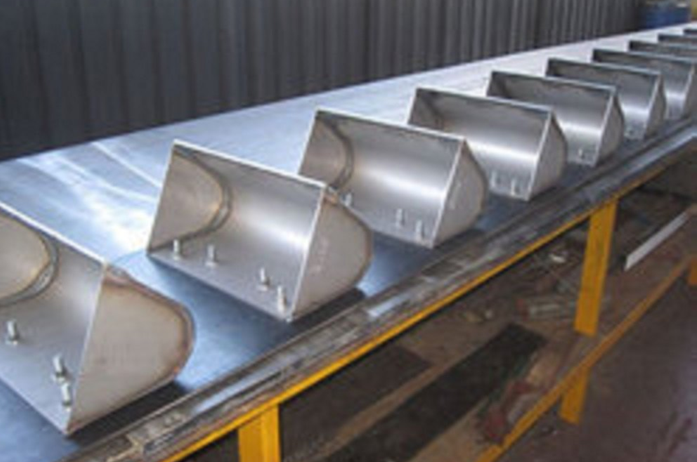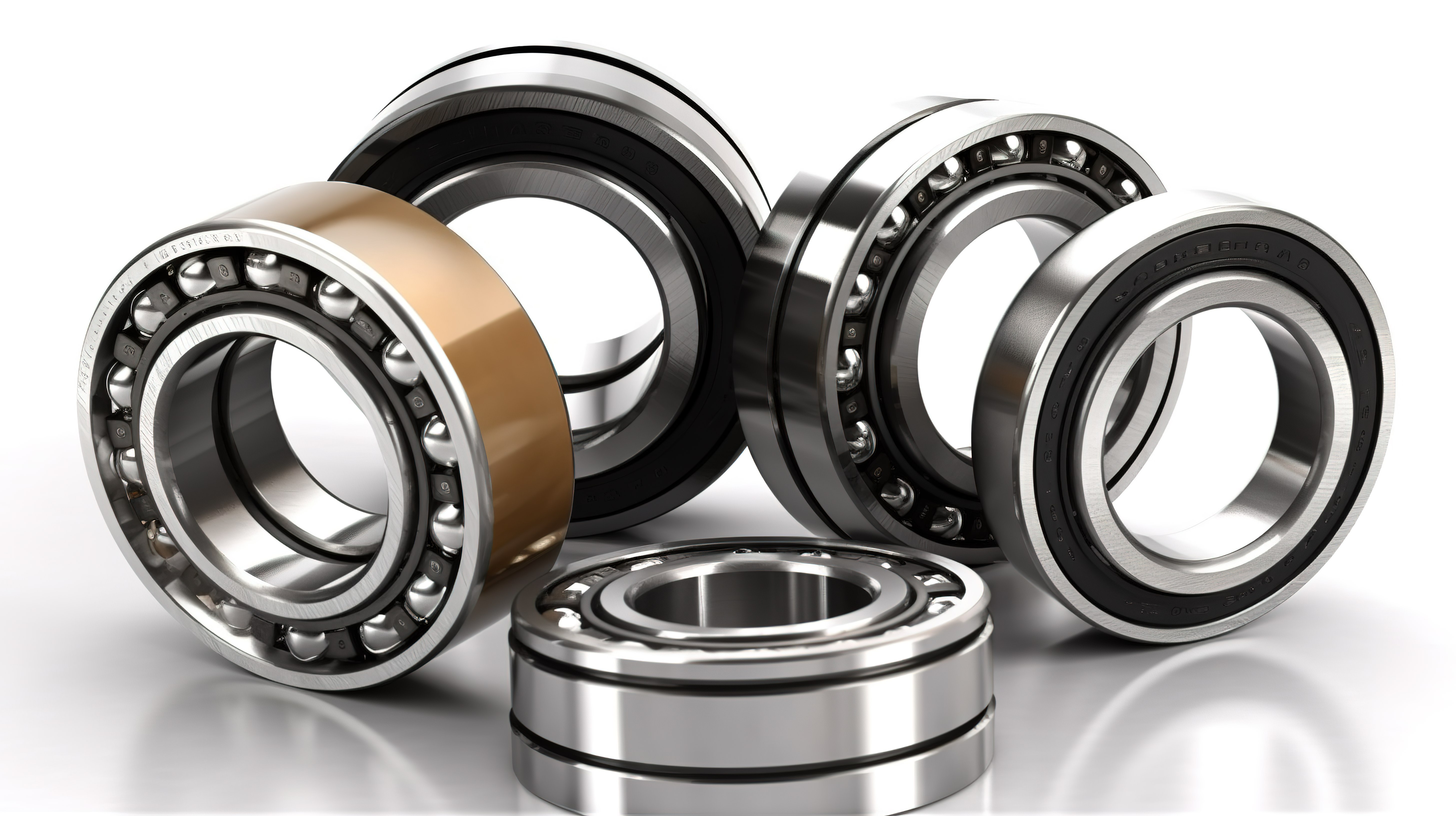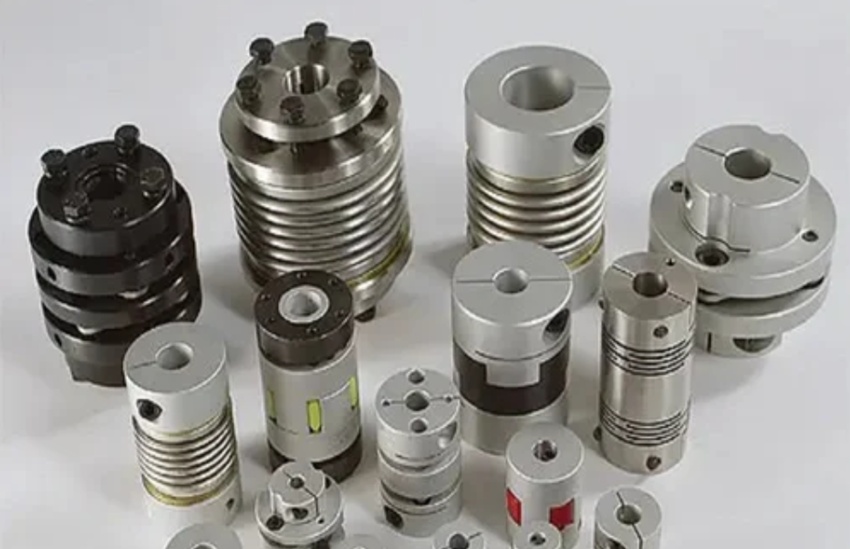
Couplings
A coupling is a mechanical device used to connect two shafts together at their ends for transmitting power. Couplings are crucial components in conveying systems as they enable the transfer of motion, torque, and power from one shaft to another. In conveying systems, such as those in manufacturing, material handling, and transportation, couplings play a vital role in ensuring smooth and efficient power transmission.
Types of Couplings
Rigid Couplings
- Rigid couplings are simple and solid, providing a direct connection between two shafts.
- They are suitable for applications where shaft alignment is precise, and no flexibility is required.
- Common types include sleeve couplings and clamp or split-muff couplings.
Flexible Couplings
- Flexible couplings are designed to accommodate misalignment between shafts and reduce shock and vibration.
- They are ideal for applications where there may be some degree of shaft misalignment or where damping of vibrations is necessary.
- Types include elastomeric couplings, grid couplings, and universal joints.
Fluid Couplings
- Fluid couplings use hydraulic fluid to transmit power and provide a smooth start-up by gradually accelerating the driven shaft.
- These couplings are often used in applications where there is a need for torque control or where shock loading occurs.
Applications and Industries
Manufacturing and Industrial Processes
Conveyors, pumps, compressors, and various machinery in manufacturing plants rely on couplings for power transmission.
Material Handling
Conveying systems in warehouses, distribution centers, and logistics industries use couplings in equipment like conveyor belts and material handling systems.
Transportation
Couplings are essential in vehicles, trains, and aircraft for connecting power sources to propulsion systems.
Mining and Construction
Heavy-duty machinery in mining and construction often employs couplings for power transmission between engines and equipment.
Renewable Energy
Wind turbines and other renewable energy systems utilize couplings for transmitting power generated by the turbine to the electrical generator.
Importance of Proper Coupling Selection
Efficiency and Performance
Proper coupling selection ensures efficient power transmission, minimizing energy losses and improving overall system performance.
Reliability and Durability
The right coupling reduces wear and tear on connected equipment, enhancing the reliability and longevity of the conveying system.
Safety
Inadequate couplings may lead to misalignment, vibration, and other issues that can compromise safety. Proper selection minimizes these risks.
Cost Saving
The right coupling can result in cost savings by reducing maintenance needs, downtime, and the risk of equipment failure.
Adaptability to Environmental Conditions
Depending on the application, couplings need to be selected to withstand environmental factors such as temperature, humidity, and corrosive substances. In conclusion, couplings are integral components in conveying systems, facilitating the efficient transfer of power and motion. The selection of the appropriate coupling type is crucial to ensure optimal performance, reliability, and safety in various industrial applications.
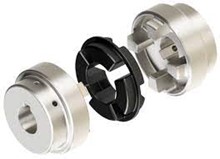
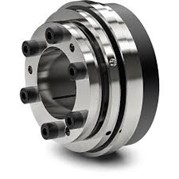
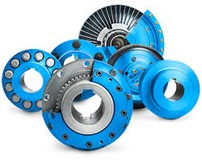
All Products
Our Products
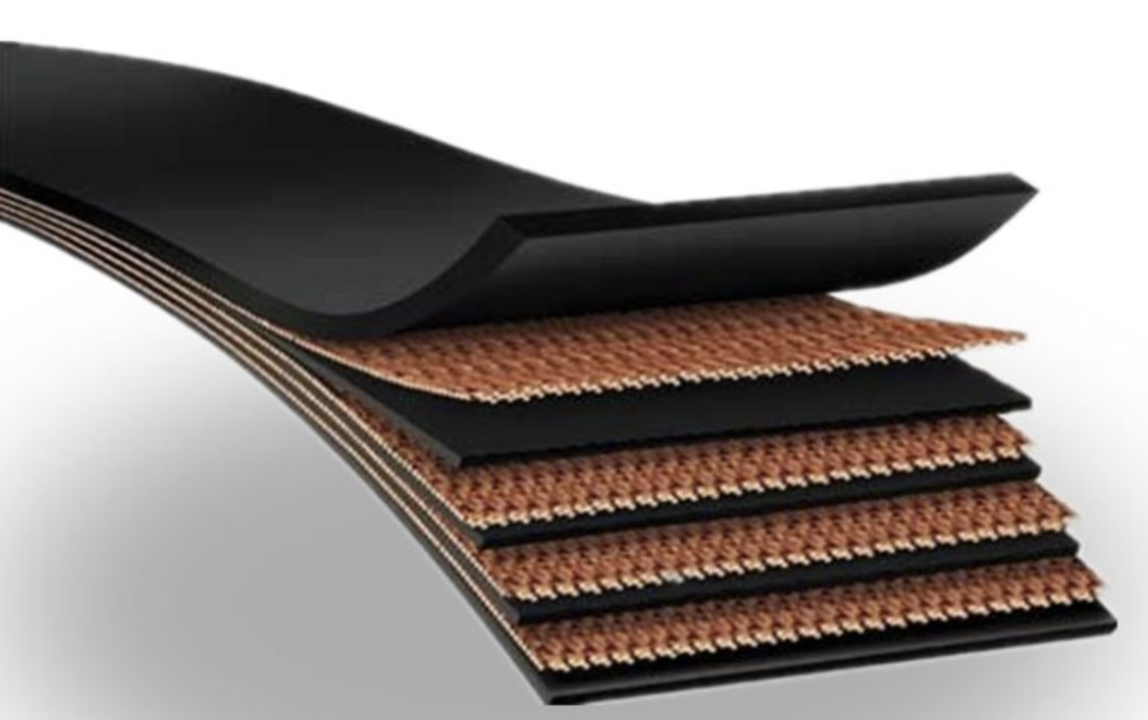
Conveyor Belt
Industrial Rubber Conveyor Belts find use in a wide range of applications in various industries. IEES offers the finest high performance Industrial Conveyor Belts used in transmission, linear
Read More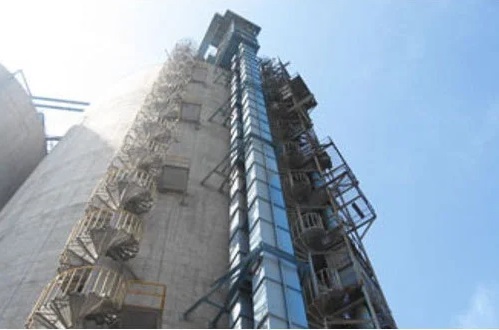
Rubber Elevator Belt
Rubber elevator belts are essential components in elevators used for vertical transportation of bulk materials such as grains, coal, ore, and other products. These belts play a crucial role
Read More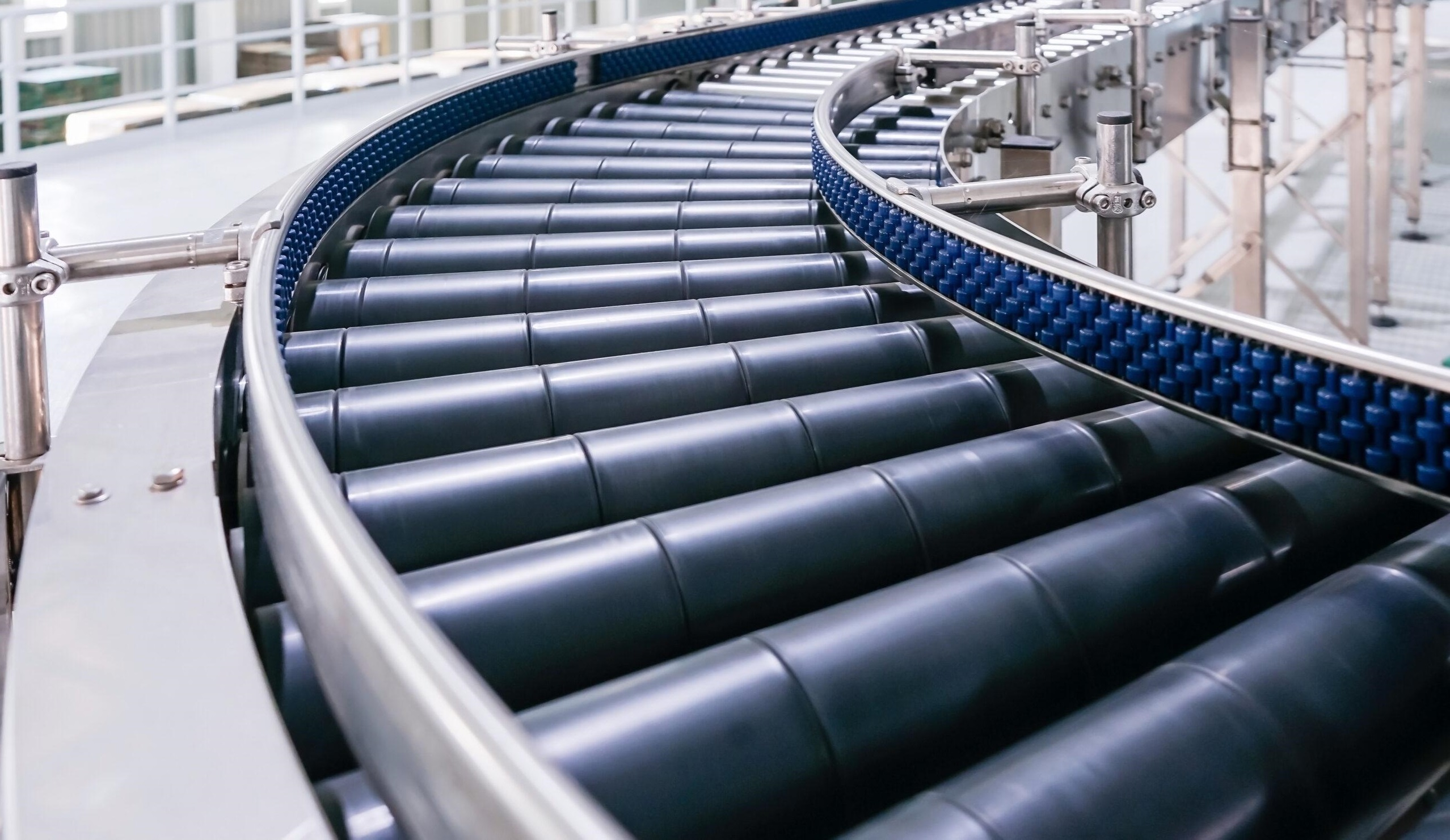
Rollers and Idlers
Rollers and idlers play a crucial role in conveyor systems, providing support, guiding movement, and ensuring the efficient and reliable transportation of materials.
Read More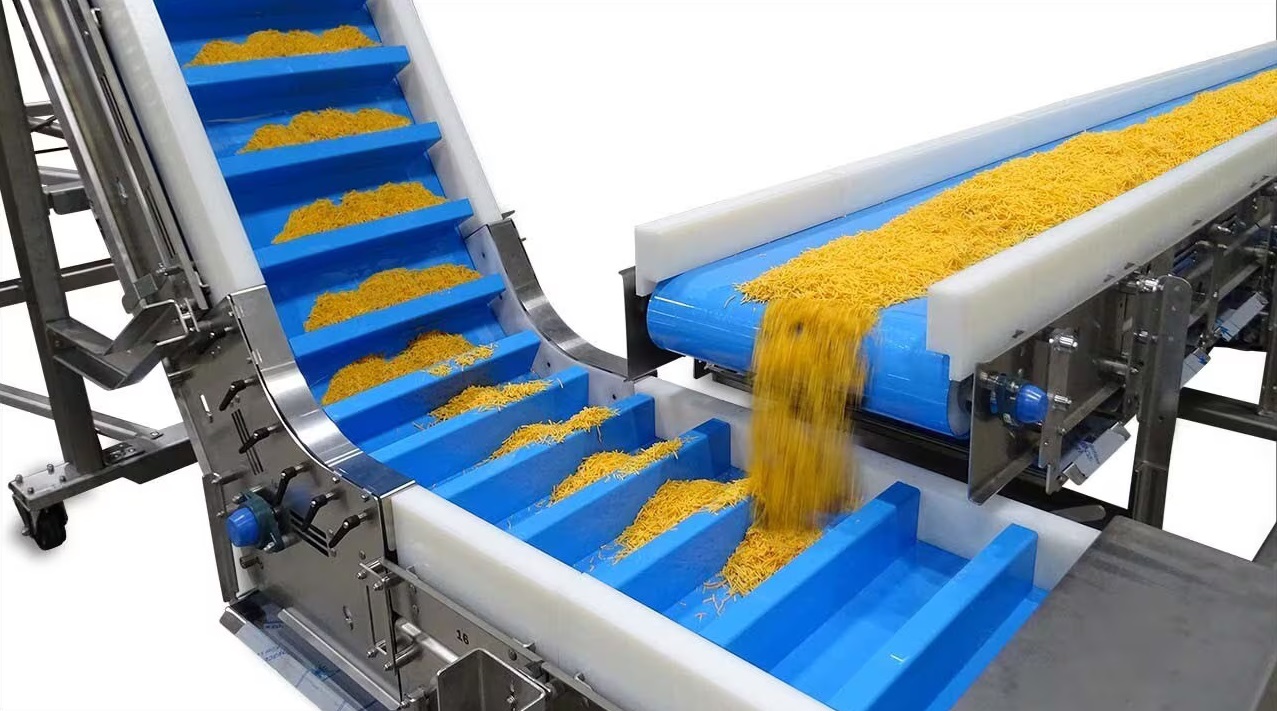
Conveyor System
Conveyor systems are mechanical handling equipment that moves materials from one location to another. They play a crucial role in various industries, such as manufacturing
Read More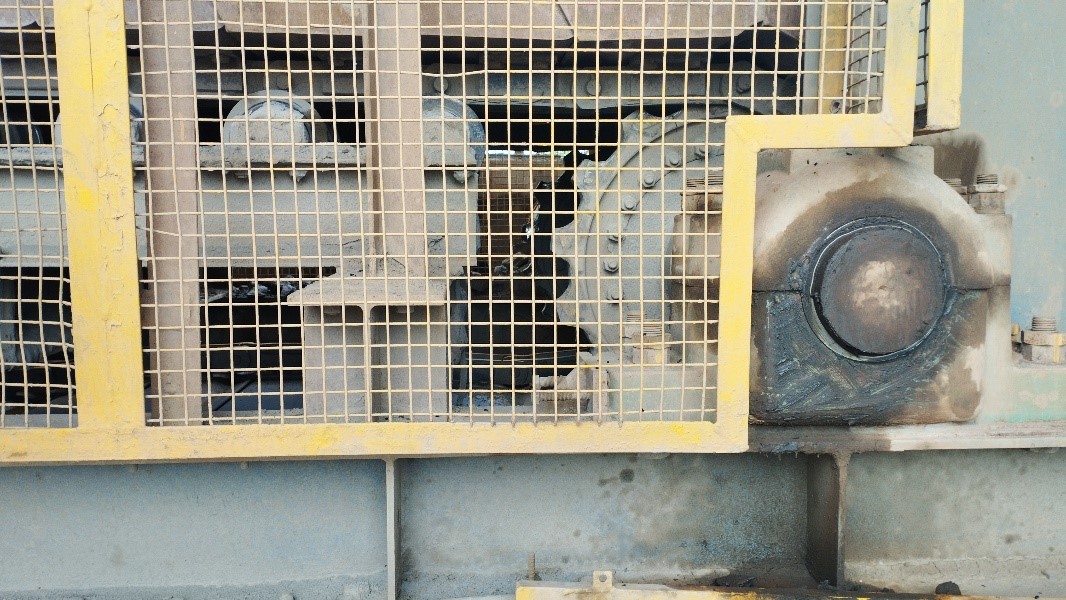
Apron Feeders
Apron feeders are engineered to provide robust and dependable material handling solutions for industries requiring the transportation of heavy and abrasive materials.
Read More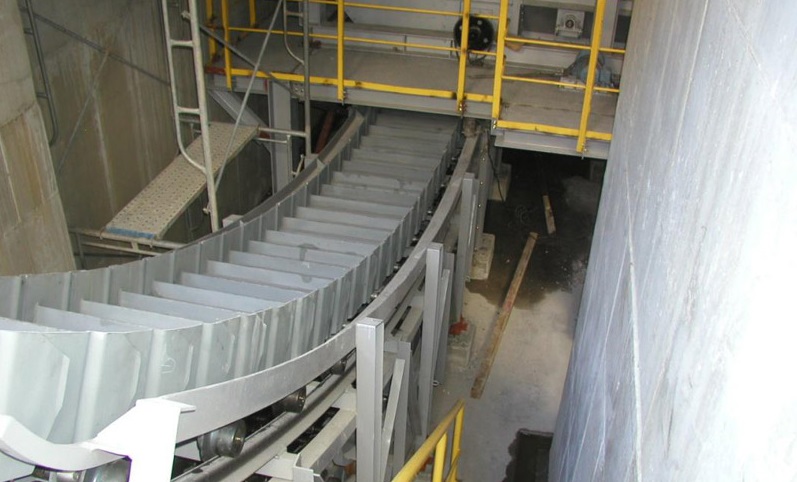
Deep Pan Conveyor
Deep pan conveyors consist of a continuous chain with flights (metal plates) that move through an enclosed trough. The chain is submerged in the material being conveyed
Read More

